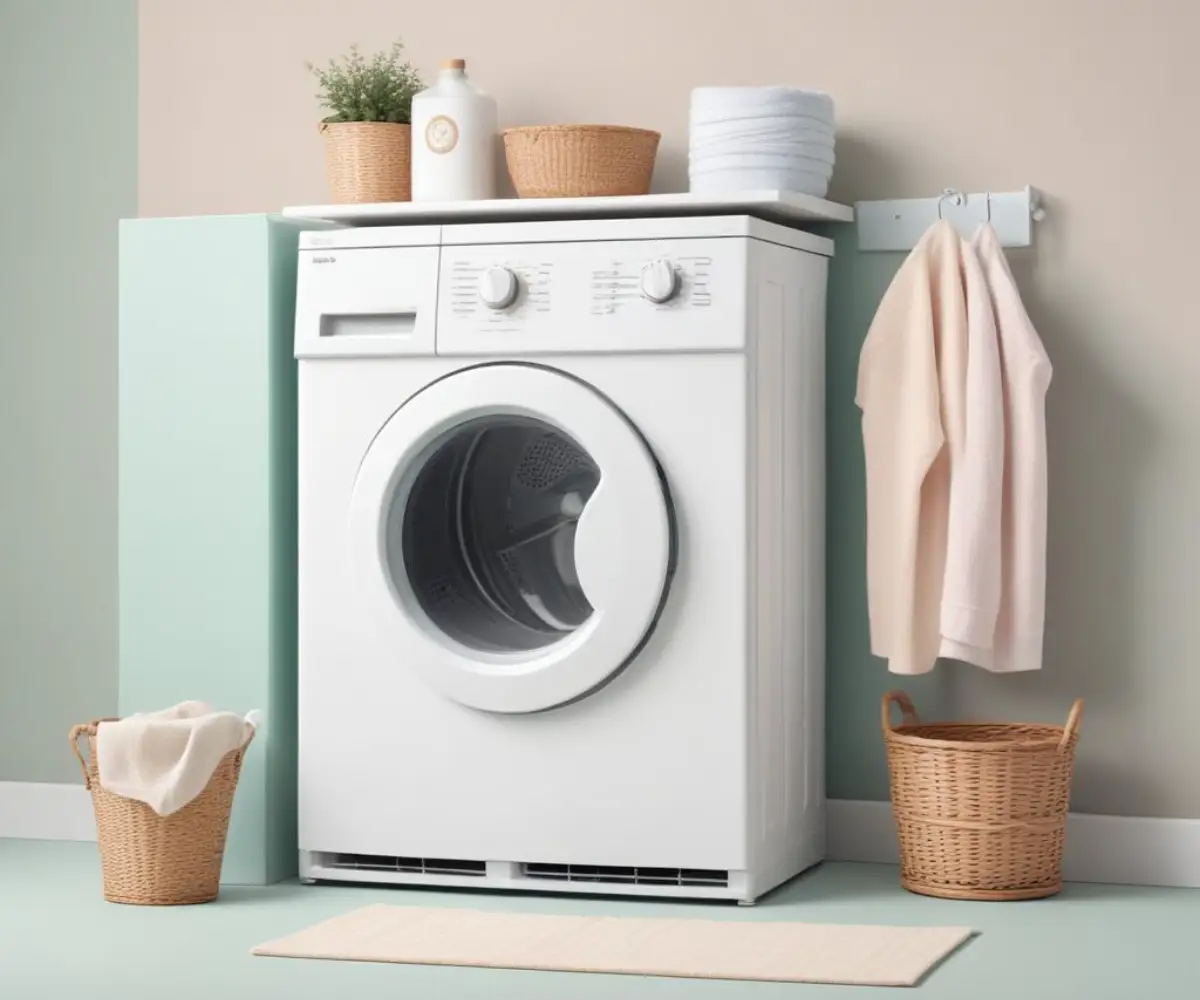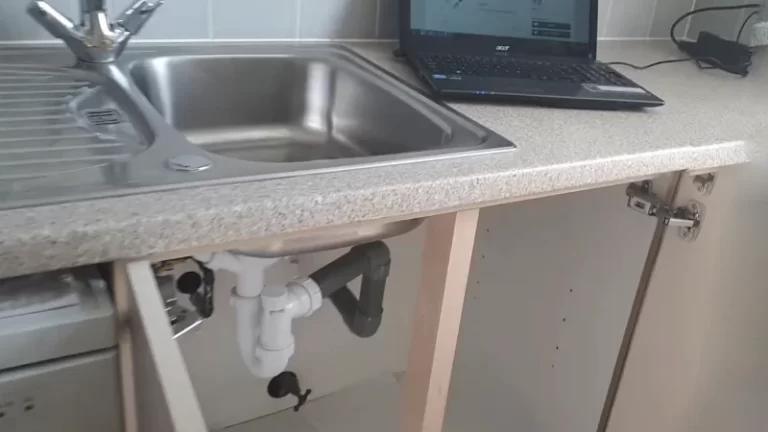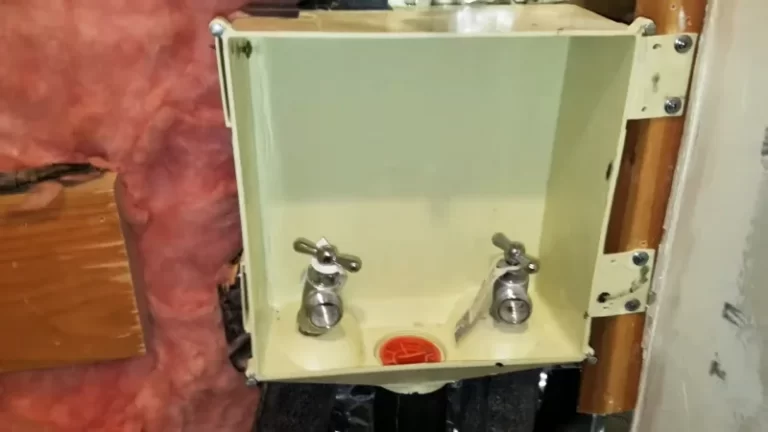Is Your Dryer Hot to the Touch? Here’s When to Worry
You pull a warm load of laundry from the dryer, and as you lean against the machine, you notice it feels surprisingly hot. A little warmth is normal, but when the top or sides of your dryer are hot to the touch, it’s a clear signal that something isn’t right. Ignoring this warning sign can lead to damaged clothing, higher energy bills, and even a serious fire hazard.
An overheating dryer is one of the most common appliance problems, and it’s almost always a cry for help. Understanding the difference between normal operational warmth and dangerous heat is the first step in protecting your home and your appliance. If you can’t comfortably rest your hand on the machine for more than a few seconds, it’s time to investigate.
You'll Learn About
Why Your Dryer Feels Hot: Normal Warmth vs. Alarming Heat
Every dryer generates heat; that’s its primary job. The process involves pulling in room-temperature air, heating it with an electric element or gas burner, and tumbling clothes through that hot air to remove moisture. The exterior of the appliance will naturally feel warm during this process.
However, this warmth should be mild. Dangerously high temperatures on the exterior mean the heat isn’t escaping the machine as it should. This trapped heat is a major red flag for underlying issues that compromise both the efficiency of your dryer and the safety of your home.
The #1 Culprit: A Clogged Dryer Vent
The single most common cause of a dryer getting too hot is restricted airflow, and the usual suspect is a clogged dryer vent. Your dryer vent is the exhaust system designed to expel hot, moist air and lint outside your home. When this pathway is blocked, the hot air has nowhere to go.
This trapped heat forces the dryer’s internal temperature to rise to dangerous levels. The appliance works harder, drying times increase, and the risk of the highly flammable lint igniting skyrockets. Lint buildup can happen in the flexible hose behind the dryer, within the ductwork in your walls, and at the exterior vent outlet.
How to Diagnose a Clogged Vent
Look for these telltale signs of a clogged vent system. If you notice one or more, it’s crucial to take immediate action.
Key symptoms include clothes taking much longer than one cycle to dry, a burning smell during operation, and the laundry room becoming excessively hot and humid. You might also see visible lint accumulation around the exterior vent opening.
Your Step-by-Step Guide to Cleaning the Dryer Vent
Always unplug your dryer from the wall outlet before starting any maintenance. If you have a gas dryer, also turn off the gas supply valve.
Start by pulling the dryer away from the wall and disconnecting the flexible vent hose from the back of the machine. Use a vacuum with a hose attachment to thoroughly clean out the port on the dryer and the inside of the hose. While inspecting your vent system, it’s also a good time to ensure any old, unused vents are properly sealed. An unused dryer vent can become an entry point for pests if not correctly capped.
Next, you’ll need to clean the main ductwork that runs through your wall to the outside. A dryer vent cleaning kit, which typically includes a flexible brush that attaches to a drill, is highly effective for this. Feed the brush into the duct from both the inside and the outside to dislodge all trapped lint. Finally, make sure the exterior vent flap or cover is clean and can open and close freely.

Beyond the Vent: Other Mechanical Failures Causing Overheating
If your vent system is completely clear but the dryer still runs hot, the problem likely lies with an internal component. Several parts are responsible for regulating temperature, and when one fails, the system’s balance is thrown off.
A Failing Cycling Thermostat
The cycling thermostat is the primary temperature regulator. It monitors the air temperature inside the drum and signals the heating element to turn on and off to maintain the correct heat level. If this thermostat malfunctions, it can fail to shut off the heat, causing the dryer to run continuously and get dangerously hot.
The High-Limit Thermostat and Thermal Fuse
Your dryer has built-in safety devices, including a high-limit thermostat and a thermal fuse. The high-limit thermostat acts as a backup, cutting power to the heating element if the cycling thermostat fails and temperatures exceed a safe limit. The thermal fuse will blow and shut down the dryer completely if it becomes dangerously hot, often due to a major blockage or component failure.
If your dryer overheats and then stops working entirely, a blown thermal fuse is a likely cause. However, simply replacing the fuse does not fix the root problem that caused it to blow in the first place.
A Malfunctioning Heating Element
The heating element itself can also be the source of the problem. Over time, the metal coils can warp or break. If a coil makes contact with the metal housing, it can create a short that causes the element to stay on indefinitely, leading to constant, unregulated heating. Sometimes, a component failure can also produce a distinct odor. If you notice a strange smell with the excess heat, determining if it’s a harmless new dryer heating element smell or a sign of malfunction is critical for your safety.
Blower Wheel Obstructions
The blower wheel is essentially a fan that pushes the hot air through the drum and out the vent. If small items like socks or dryer sheets bypass the lint filter, they can get lodged in the blower wheel. An obstructed or damaged blower wheel cannot move air effectively, causing heat to build up inside the dryer cabinet.
The Hidden Danger: Overloading and Improper Use
Mechanical failures aren’t the only cause of an overheating dryer; sometimes, user habits are to blame. Overloading the dryer is a primary contributor to overheating. When the drum is packed too tightly with clothes, there is no room for hot air to circulate properly.
This lack of airflow forces the heating element to run longer and hotter to dry the dense mass of fabric, putting unnecessary strain on every component. Always dry smaller loads that allow clothes to tumble freely. This not only prevents overheating but also dries your clothes faster and more evenly.
| Symptom | Possible Cause | Solution |
|---|---|---|
| Dryer is very hot & clothes take too long to dry | Clogged vent system | Thoroughly clean the lint trap, vent hose, and ductwork to the outside. |
| Dryer gets extremely hot, then shuts off completely | Blown thermal fuse or failing high-limit thermostat | Identify and fix the underlying cause (likely a vent clog or bad cycling thermostat) before replacing the fuse. |
| Dryer exterior is hot & you smell something burning | Severe lint buildup or a shorted heating element | Immediately unplug the dryer. Clean all internal and external vents, and inspect the heating element for damage. |
| Dryer runs, feels hot, but clothes remain damp | Airflow obstruction or failing heating element | Confirm strong airflow at the exterior vent. If airflow is good, test the heating element and thermostats for continuity. |
A Special Note for Specific Brands and Models
While overheating is a universal problem, some appliance brands may have specific quirks or known issues. Researching your particular model can sometimes reveal common points of failure that lead to excessive heat buildup.
For example, some users find certain models struggle with airflow efficiency. If you feel your Samsung dryer sucks at getting clothes dry without running hot, it could point to a design-specific issue that is exacerbated by even minor lint accumulation.
Proactive Steps: Your Dryer Maintenance Checklist
Preventing your dryer from overheating is far safer and more cost-effective than dealing with a repair or, in the worst case, a fire. Integrating these simple habits into your laundry routine will keep your dryer running safely and efficiently for years.
Clean the Lint Trap After Every Single Load
This is the most important maintenance task you can perform. A clean lint screen ensures proper airflow for every cycle. Make it a non-negotiable step before you press the start button.
Deep Clean the Vent System Annually
Even with diligent lint trap cleaning, some lint will always make its way into the vent duct. A thorough cleaning from the back of the dryer to the exterior vent should be performed at least once a year to prevent dangerous blockages.
Don’t Overload the Machine
Resist the urge to stuff the dryer full. Smaller loads allow for better air circulation, which means clothes dry faster and the machine operates at a safer temperature. A good rule of thumb is to fill the drum no more than halfway.
Check the Area Around the Dryer
Ensure your dryer has at least a few inches of clearance on all sides to allow for proper air intake and to prevent the vent hose from becoming kinked or crushed. Keep the area free of laundry, boxes, or other items that could block airflow.
When to Call a Professional
If you have thoroughly cleaned your vent system and the dryer is still overheating, the issue is likely a faulty internal component like a thermostat or heating element. Unless you are experienced and comfortable with appliance repair and electrical testing, this is the time to call a qualified technician.
Working with electrical components carries a risk of injury, and an incorrect repair can make the problem worse. A professional has the tools and expertise to safely diagnose and replace the correct part, ensuring your dryer operates as it should. Remember, an overheating dryer is a serious fire risk that should never be ignored.


